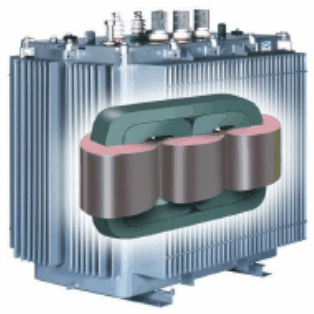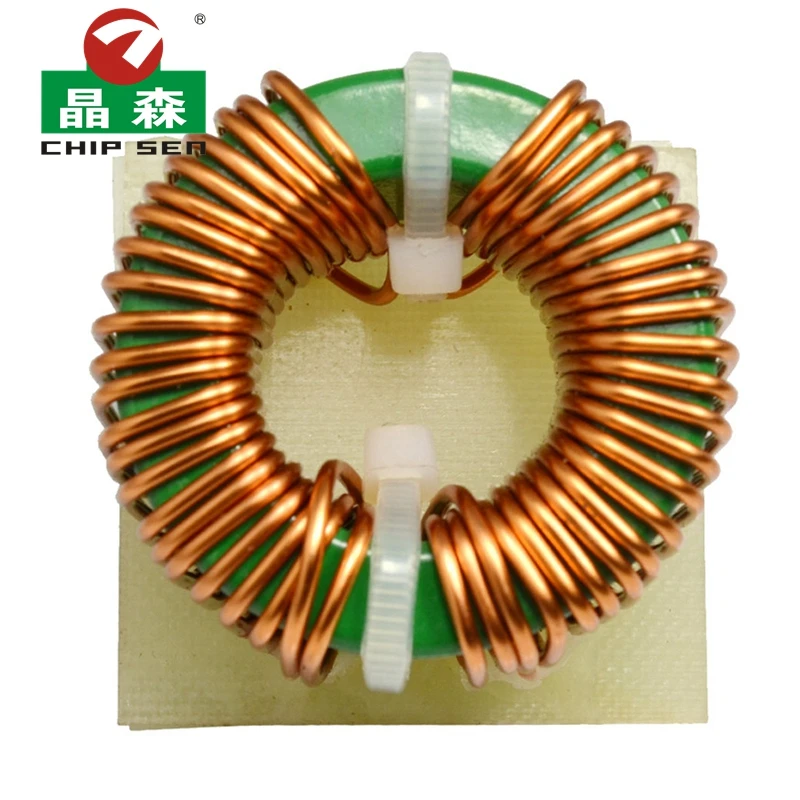
Two different sources of ceria (CeO2) particles were employed: commercial powder and synthesized stable colloidal dispersion-sol. The goal of this research was to develop and analyse novel Zn-Co-CeO2 protective coatings on steel. In the end, the deposition mechanism of SiC nanoparticles was put forward. Due to the opportune film thickness and SiC nanoparticle volume, the composite oxide film formed within 30min possessed the best wear resistance (the lowest friction coefficient and the most unbroken coating). The film thickness and SiC nanoparticle volume were two main factors influencing the wear resistance of composite oxide film. It was found that the wear resistance of composite film was not better with longer anodizing time. Besides, the influence of the anodizing time on the wear resistance of the oxide films was evaluated using a ball-on-disc rotating wear tester under unlubricated condition at room temperature.

The composite oxide film included compact inner layer and loose outer layer, being composed of rutile and anatase TiO2 mainly. SiC nanoparticles did not distribute in the oxide film homogeneously and a significant fraction of nanoparticles were embedded preferentially in the holes, crevices and sidewalls of protuberances. The results showed that the oxide films were completely covered with rimose protuberances.

The surface morphology, chemical and phase compositions were analyzed by field emission scanning electron microscopy (FESEM), X-ray energy dispersive spectrometer (EDS) and Raman spectrum techniques, respectively. TiO2/SiC composite oxide films were formed on Ti-10V-2Fe-3Al alloy by anodic oxidation process in an environmentally friendly electrolyte with SiC nanoparticles in suspension. In addition, the corresponding lubrication mechanism of the composite anodic films was discussed.

In this study, we introduced a novel environmentally-friendly electrolyte consisting of polytetrafluoroethylene (PTFE) nanoparticles and malic acid solution to fabricate composite anodic film on Ti-10V-2Fe-3Al alloy at different electrolyte temperatures. The mechanical and electrochemical properties of conventional zinc coatings were observed to be significantly improved by the incorporation of YSZ particles. The incorporation of YSZ particles into the composite coating was enhanced by reducing the solution pH and through the addition of gelatin. In the case of the composite coating co-deposition process, the YSZ particles were found to preferentially rest on the edges or macrosteps of the deposited zinc crystals. It was shown that the addition of gelatin to the electrolyte significantly changed the microstructure and crystallographic orientation of the zinc deposits and improved the coating microhardness. The coatings obtained were studied by scanning electron microscopy (SEM) with energy dispersion spectroscopy (EDS), X-ray diffraction and potentiodynamic polarization measurements. The effects of gelatin on the morphology, crystallographic orientation of the zinc coatings and deposition mechanism of the composite Zn–YSZ coatings were studied. Pure zinc and composite coatings of zinc and nano-sized yttria stabilized zirconia (YSZ) particles were prepared by cathodic electrodeposition from zinc sulphate-based electrolytes containing gelatin.


 0 kommentar(er)
0 kommentar(er)
